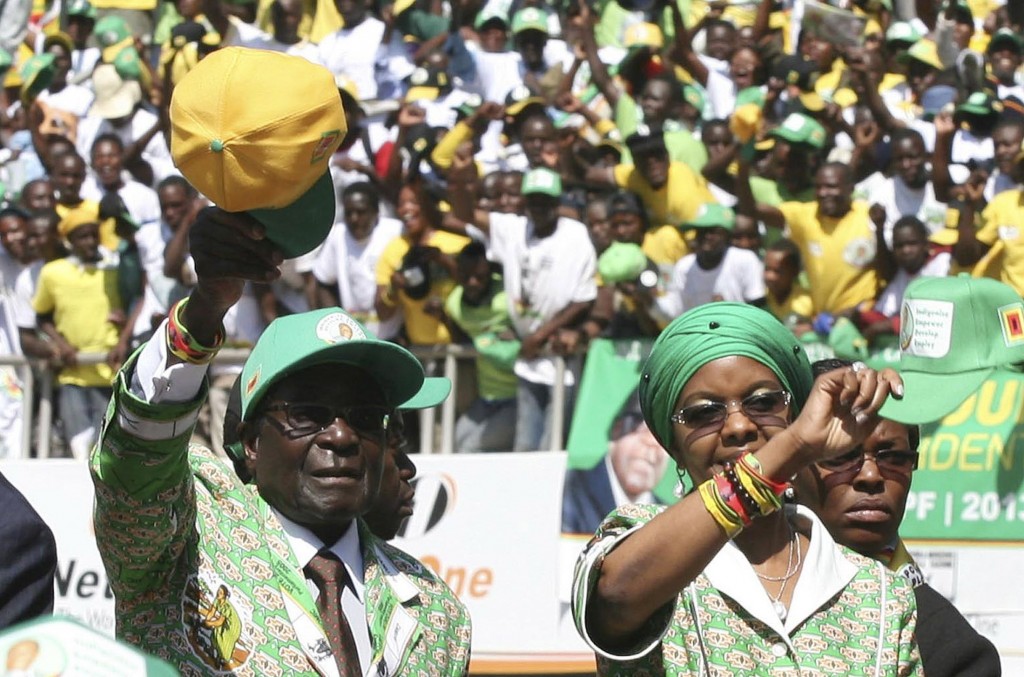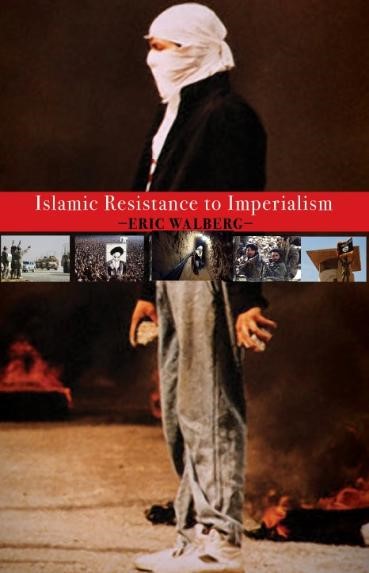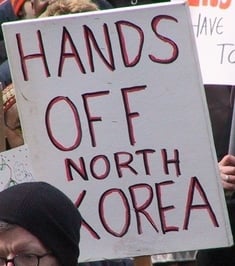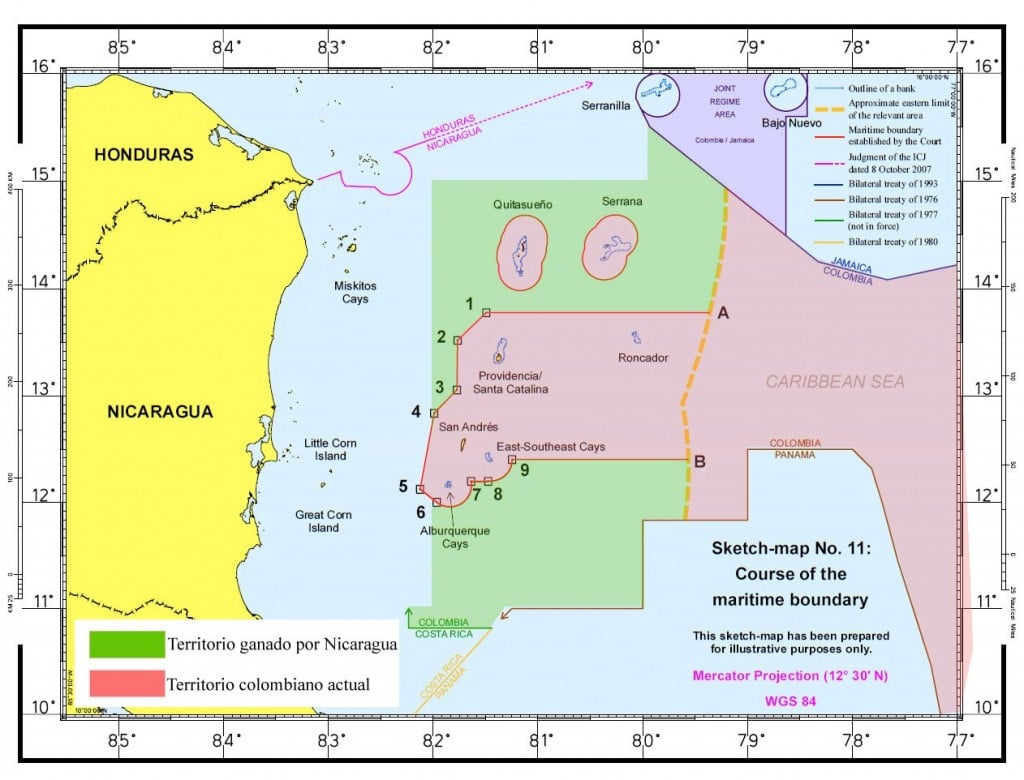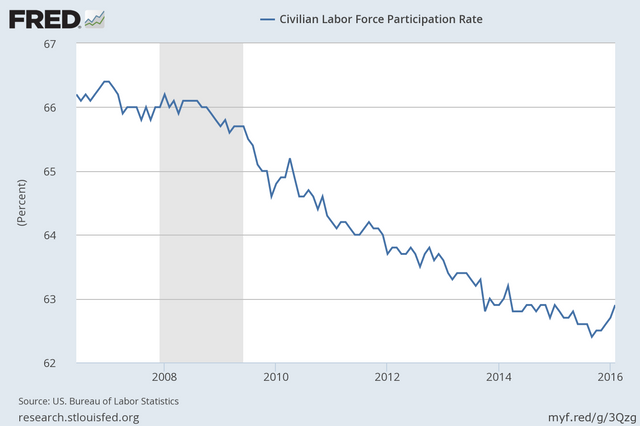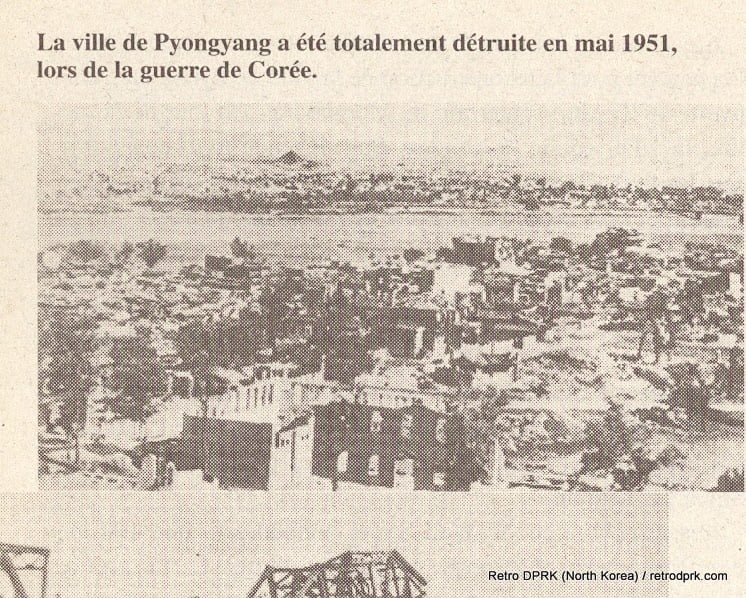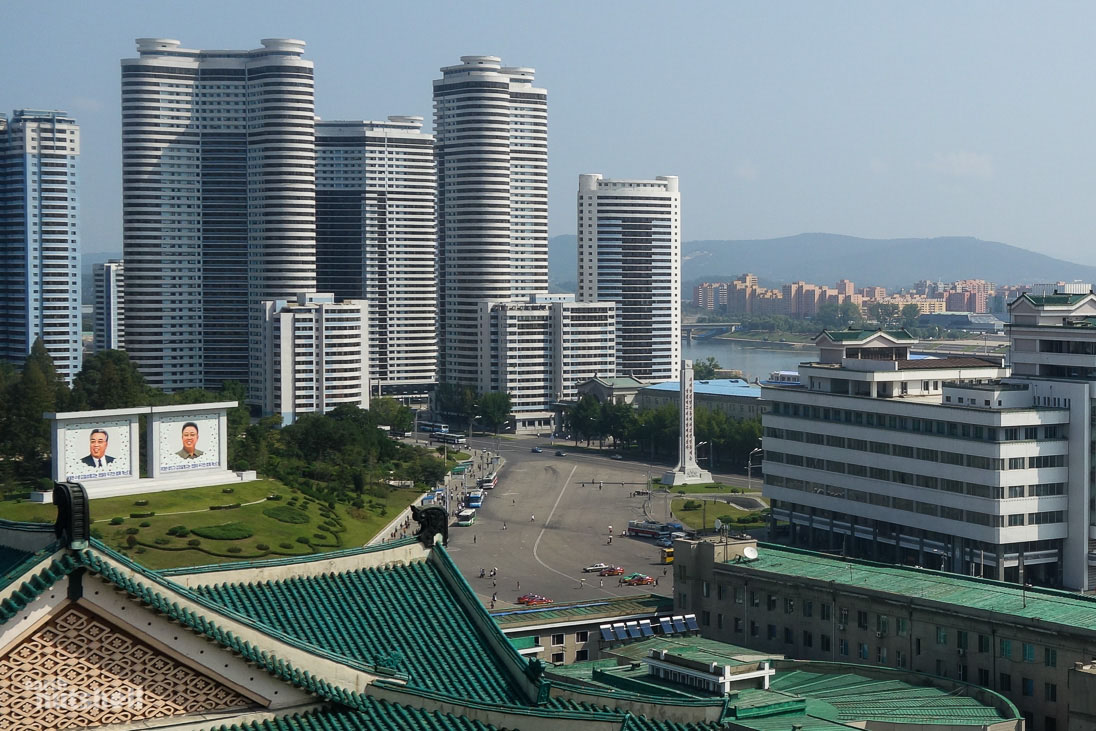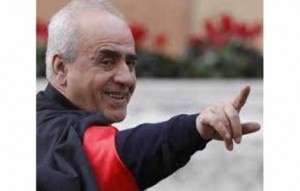In the weeks leading up to the agreed upon cessation-of-hostilities (CoH) agreement between the US and Russia, it was John Kerry’s diplomacy that was instrumental in “downgrading” the truce from a more forceful and legally binding ‘ceasefire’ agreement to the less intensive ‘cessation-of-hostilities’ now taking effect.
As described by Kerry:
“So, a ceasefire has a great many legal prerogatives and requirements. A cessation of hostilities does not. A ceasefire in the minds of many of the participants in this particular moment connotes something far more permanent and far more reflective of sort of an end of conflict, if you will. And it is distinctly not that. This is a pause dependent on the process going forward.”
So why the insistence on non-permanence? Especially if, as Kerry says, the ultimate objective is to “obtain a durable, long-term ceasefire” at some point in time?
According to the 29-year career diplomat in the Indian Foreign Service, India’s former ambassador to Uzbekistan and Turkey M. K. Bhadrakumar, it is plainly because
“the Russian military operations have met with devastating success lately in strengthening the Syrian regime and scattering the Syrian rebel groups,” leading “the US and its regional allies” to “stare at defeat.” Therefore, they “forthwith need an end to the Russian operations so that they can think up a Plan B. The Geneva talks will not have the desired outcome of President Bashar Al-Assad’s ouster unless the tide of war is reversed.” Therefore, “a cessation of hostilities in Syria is urgently needed.”(1)
Judging by the fact that top US officials began announcing that Russia would break the deal immediately after it was agreed upon while calling for further measures to “inflict real pain on the Russians”, Bhadrakumar’s assessment that a pause, and not a permanent halt, was sought in order to regroup and eventually reverse the tide of war seems to be quite apt. As well there has been an almost ubiquitous media campaign in the US to prime the public for accusations of a Russian infraction, from which a breakdown of the deal would follow; the narrative portrayed is filled with “doubts” and “worries” and “statements from US officials” about how Russia isn’t serious and will likely break the agreement.
Furthermore, outwardly Russia is much more optimistic and invested in the deal, President Putin hopefully promoting it while engaging in a blitz of diplomacy to support it, while on the other hand the US has been less vocal and much quicker to doubt its outcomes.
However, this downgrading from a ‘ceasefire’ to a ‘cessation of hostilities’ actually violates past agreements.
In UN Security Council Resolution 2254, in which it was articulated that member states be committed to the “sovereignty, independence, unity and territorial integrity of the Syrian Arab Republic,” while calling on them to suppress ISIS, al-Nusra, and “all other individuals, groups, undertakings, and entities associated with Al Qaeda or ISIL”, it was also agreed upon that the Security Council “expresses its support for a nationwide ceasefire in Syria.” (emphasis added)
Given the about-face, Lavrov was visibly agitated, stating that “Resolution 2254 talks about the ceasefire only. This term is not liked by some members of the International Syria Support Group. What I’m referring to is how something that has been agreed upon should be implemented rather than try to remake the consensus that has been achieved in order to get some unilateral advantages.”
The “unilateral advantages” likely are in reference to the pause-and-regroup strategy Bhadrakumar previously articulated.
Despite this Russia agreed to the downgraded CoH, however, in the week leading up to the agreement there was a major hurdle to overcome, namely whether al-Nusra, the al-Qaeda affiliate in Syria, would be protected as a party to the truce.
Long has there been a tenant of US propaganda which claims that a sort of “third force” of “moderate opposition fighters” exists, separate and distinct from the extremists and al-Qaeda affiliates. Yet when push came to shove the main stumbling-block in the way of the CoH was the oppositions demand that any truce be “conditional on the al Qaeda-linked Nusra Front no longer being targeted.” Sources close to the talks would tell Reuters that this insistence was the main “elephant in the room” preventing a settlement.
Even more telling is the fact that this opposition demand only came after the US had insisted upon it. Indeed, while relentlessly pushing the “moderate rebel” narrative it was official US policy to push for the protection of al-Qaeda.
According to The Washington Post: “Russia was said to have rejected a U.S. proposal to leave Jabhat al-Nusra off-limits to bombing as part of a cease-fire, at least temporarily, until the groups can be sorted out.” (emphasis added)
Nusra is the Rebels
Responding to arguments posited that al-Nusra should be included in the truce, given that they operate in areas where other rebels are and thus Russia can use this as an excuse to bomb them, Max Abrahms, Professor at Northeastern University and member of the Council on Foreign Relations, explains that these recent developments show that Nusra and the other rebels are one in the same.
“If you’re pro-rebel in Syria, you’re pro-al Qaeda in Syria,” Abrahms writes. “The rebels are now begging for Russia to stop bombing their al-Qaeda partner.”
Indeed, it was the “moderate” US-backed FSA factions that were the biggest advocates of their al-Qaeda partners being included in the truce.
Major Ammar al-Wawi, Secretary General of the Free Syrian Army and head of the FSA’s al-Ababil Brigade in Aleppo, said that al-Nusra was the FSA’s “partner”, and that al-Qaeda was an ally of most of the groups brought together by Saudi Arabia underneath the Higher Negotiation Committee (HNC) banner.
Nusra has fighters on the ground with rebel brigades in most of Syria and is a partner in the fighting with most of the brigades that attended the Riyadh conference.
And therefore, while the ceasefire is good in principle, it is not good if it does not include al-Nusra, because “if the ceasefire excludes Jabhat a-Nusra, then this means that the killing of civilians will continue since Nusra’s forces are among civilians.” Al-Wawi seems to forget that the reason Nusra is a terrorist organization is specifically because of its indiscriminate attacks and disregard for civilian lives.
According to the spokesman for Alwiyat al-Furqan, one of the largest FSA factions operating under the Southern Front umbrella, the FSA “will not accept a truce that excludes Jabhat al-Nusra.” The spokesman later goes on to call Nusra “honorable”, along with the equally honorable Salafi-Jihadists groups Ahrar al-Sham and Jaish al-Islam.
Ahrar, it should be noted, only presents itself as being different from al-Qaeda, in actuality it is not, it is a Salafi-Jihadi group which espouses a reactionary andapocalyptic Islamist ideology that has been complicit in sectarian mass murders of Alawites throughout Syria. On the other hand, Jaish al-Islam, in the words of their former leader, regards al-Nusra as their “brothers” whom they “praise” and “fight alongside.” Jaish al-Islam as well is infamous for parading caged civilians throughout warzones, using them as human shields. The current leader of the group, Mohammed Alloush, was named as the chief negotiator to represent the rebel opposition in talks with the UN.
Yet, according to the FSA, “If today we agreed to exclude Jabhat a-Nusra, then tomorrow we would agree to exclude Ahrar a-Sham, then Jaish al-Islam and so on for every honorable faction. We will not allow the threat of being classified as a terrorist organization to compromise the fundamentals of the revolution for which the Syrian people rose up and for which we have sacrificed and bled.”
One wonders, if the exclusion of al-Qaeda from the ceasefire is tantamount to “compromising the revolution”, what would choosing al-Qaeda as partners be called?
Muhammad a-Sheikh, spokesman for an FSA faction in Latakia, as well thanked Nusra for its “role in trying to lessen the pain inflicted on the Syrian people”, of all things.(2)
Yet all of this gets recycled within the US media as al-Nusra merely being “intermingled with moderate rebel groups”, as the Washington Post puts it. While the narrative purports that the FSA consists of “moderates” reluctantly forced to endure an al-Qaeda alliance for military expediency, in reality much of FSA conduct throughout the war has not been much different from that of the recognized extremists.
In the case of Aleppo, while one man describes how al-Nusra beheaded one of his brother-in-laws, ripped the other to pieces between an electricity poll and a moving car, and kidnapped the other, another man describes how “Free Syrian Army fighters burned down their house – leaving one daughter with terrible burns” after the man refused to join them. He said they attempted to abduct one of his daughters, but were unsuccessful as neighbors intervened.
Another Aleppo resident writes that “Turkish-Saudi backed ‘moderate rebels’ showered the residential neighborhoods of Aleppo with unguided rockets and gas jars.”
Indeed, FSA groups were so brutal at times that these “moderates” were feared even more than other recognized extremists.
“Pilloried in the West for their sectarian ferocity… jihadists were often welcomed by local people for restoring law and order after the looting and banditry of the Western-backed Free Syrian Army,” writes Patrick Cockburn, the leading Western journalist in the region.(3)
For people paying close attention this is unfortunately not that surprising.
According to a recent poll conducted by ORB, it was found that most Syrians more or less hold both ISIS and the FSA in equal disdain, 9% saying the FSA represents the Syrian people while 4% saying that ISIS does. The similarity in opinion is reflective of the similarity in conduct.
Jihadi ‘Wal-Mart’
The not-so-popular FSA groups are routinely described as a separate and distinct entity apart from al-Nusra and ISIS, yet in actuality the lines between the groups have always been extremely porous.
“Due to porous links between some Free Syrian Army (FSA) rebels, other Islamist groups like al-Nusra and Ahrar al-Sham, and ISIS, there have been prolific weapons transfers from ‘moderate’ to Islamist militant groups,” writes Nafeez Ahmed, Britain’s leading international security scholar.
These links were so extreme that “German journalist Jurgen Todenhofer, who spent 10 days inside the Islamic State, reported last year that ISIS is being “indirectly” armed by the west: “They buy the weapons that we give to the Free Syrian Army, so they get western weapons – they get French weapons… I saw German weapons, I saw American weapons.”
Recently the BBC’s Peter Oborne conducted an investigation into these claims and came across evidence that the “moderate” FSA were in essence being utilized as a conduit through which Western supplies were funneled to extremists.
Oborne spoke to a lawyer who represents Bherlin Gildo, a Swedish national who went to join the rebel ranks in 2012 and was subsequently arrested for terrorist offenses. Based on her clients own first-hand observations while embedded with the rebels, trucks referred to as NATO trucks were observed coming in from Turkey, which would then be unloaded by the FSA and the arms then distributed quite generally without any specificity of the exact recipient. The weapons would be distributed “to whoever was involved in particular battles.”
Similarly, in 2014 US-backed Syrian Revolutionary Front (SRF) commander Jamal Maarouf admitted that his US-handlers had instructed him to send weapons to al-Qaeda. “If the people who support us tell us to send weapons to another group, we send them. They asked us a month ago to send weapons to [Islamist fighters in] Yabroud so we sent a lot of weapons there.”
Battlefield necessity was dictating the weapons recipients, not humanitarian concern for victims of terrorism.
Eventually charges brought against Mr. Gildo were dropped. The reason was because he planned to argue that he had fought on the same side the UK government was supporting As it was explained before the court, if it is the case that the government “was actively involved in supporting armed resistance to the Assad regime at a time when the defendant was present in Syria and himself participating in such resistance it would be unconscionable”, indeed an “affront to justice”, “to allow the prosecution to continue.”
In a similar case a man named Moazzam Begg was arrested in the UK under terrorism charges after meeting with Ahrar al-Sham. However, his case too was dropped, the courts understanding that if he was guilty of supporting terrorism than so was the British state. “I was very disappointed that the trail didn’t go through,” Begg said. “I believe I would have won… what I was doing… was completely in line with British policy at the time.”
Career MI6 agent and former British diplomat Alastair Crooke extrapolates further on this phenomena of the West’s principle allies playing such a crucial role in arming the jihadis.
“The West does not actually hand the weapons to al-Qaeda, let alone ISIS,” he said, “but the system that they have constructed leads precisely to that end. The weapons conduit that the West directly has been giving to groups such as the Syrian Free Army (FSA), have been understood to be a sort of ‘Wal Mart’ from which the more radical groups would be able to take their weapons and pursue the jihad.” This constitutes a sort of ‘supermarket’ where rebels can go and receive weapons, the weapons always migrating “along the line to the more radical elements.” The idea was to “use jihadists to weaken the government in Damascus and to drive it to its knees to the negotiating table.” Exactly the same kind of policy used in Afghanistan during the 1980s, when conduits such as the Pakistani ISI were used to funnel weapons to the mujahedeen.
Yet these Western weapons were not just going to al-Qaeda and Ahrar al-Sham, ISIS too was shopping at the “moderate” “supermarket.”
In his book “The Rise of Islamic State”, Patrick Cockburn writes,
“An intelligence officer from a Middle Eastern country neighboring Syria told me that ISIS members “say they are always pleased when sophisticated weapons are sent to anti-Assad groups of any kind, because they can always get the arms off them by threats of force or cash payments.”(4) (emphasis added)
The result of all of this was a deep alliance between the US-backed “moderates” and al-Qaeda, as well as a rebel opposition dominated by ISIS and al-Nusra.
Nusra’s FSA
Recently a leader of the Nusra group appeared in a video presenting an FSA commander with a gift while saying that there is no difference between the FSA, Ahrar al-Sham, and al-Qaeda. “They are all one,” he explains. The Nusra field commander goes on to thank the FSA for supplying Nusra with US-made TOW anti-tank missiles, which were given to the FSA directly, of course, from the CIA.
A month prior to these revelations reports started to surface about the unfolding situation in “rebel-held” Idlib. Despite the repressive dress codes and savage Islamist laws it became apparent that the FSA was only operating under the authority of the more powerful al-Qaeda rebels.
Jenan Moussa, a journalist for the UAE based Al Aan TV channel who recently had visited the area, reported that Nusra allows the FSA to operate in Hama and Idlib because the FSA groups there get TOW missiles from the West. The reason they are allowed to operate is that the “FSA uses these TOW in support of Nusra.”
Investigating the situation further, veteran journalist Gareth Porter concludes from a range of sources that in the provinces of Idlib and Aleppo every rebel organization is in fact part of a military structure controlled and dominated by al-Nusra.
“All of these rebel groups fight alongside the Nusra Front and coordinate their military activities with it,” Porter writes.
In the case of the rebel capture of Idlib, “Although some U.S.-supported groups participated in the campaign in March and April 2015, the “operations room” planning the campaign was run by Al Qaeda and its close ally Ahrar al Sham.” As well, before the Idlib campaign, “Nusra had forced another U.S.-supported group, Harakat Hazm, to disband and took all of its TOW anti-tank missiles.”
Clearly al-Nusra was subordinating the “moderates.”
The reality began to emerge in December of 2014 when US-backed rebels, supplied with TOW missiles, teamed up with Nusra and fought under their command in order to capture the Wadi al-Deif base. Al Qaeda was “exploiting the Obama administration’s desire to have its own Syrian Army as an instrument for influencing the course of the war.”
Andrew Cockburn reports that “A few months before the Idlib offensive, a member of one CIA-backed group had explained the true nature of its relationship to the Al Qaeda franchise. Nusra, he told the New York Times, allowed militias vetted by the United States to appear independent, so that they would continue to receive American supplies.”
“In other words,” Porter writes, “Nusra was playing Washington,” while Washington was “evidently a willing dupe.”
This all comes down to the fact that the savage and brutal al-Qaeda fighters were proving to be militarily effective, leaving a trail of torture and atrocities, and battlefield successes, in their wake.
Explaining the mindset, Ed Husain, Senior Fellow at the Council on Foreign Relations, writes that the influx of Al-Qaeda and various jihadis “brings discipline, religious fervor, battle experience from Iraq, funding from Sunni sympathizers in the Gulf, and most importantly, deadly results.”
Because of this, Porter explains, “instead of breaking with the deception that the CIA’s hand-picked clients were independent of Nusra, the Obama administration continued to cling to it.” The United States basing its policy on the “moderates” was “necessary to provide a political fig leaf for the covert and indirect U.S. reliance on Al Qaeda’s Syrian franchise’s military success.”
Ever since the Russian intervention began, the US has continued to embrace this deceptive narrative, claiming that Russia is targeting the “moderate” opposition. This narrative, and the publics belief in its validity, “had become a necessary shield for the United States to continue playing a political-diplomatic game in Syria.”
Yet, as Patrick Cockburn has reported for quite some time, “The armed opposition to President Assad is dominated by Isis, the al-Qaeda affiliate Jabhat al-Nusra and the ideologically similar Ahrar al-Sham.” Of the smaller groups the CIA openly supports, they “only operate under license from the extreme jihadists.”
Several rebel groups, 5 of which belong to the FSA, have recently united under the leadership of the former emir of the al-Qaeda-linked Ahrar al-Sham. A longtime al-Qaeda member who sits on al-Nusra’s elite council explained that “The Free Syrian Army groups said they were ready for anything according to the Islamic sharia and that we are delegated to apply the rulings of the sharia on them”, essentially meaning that the FSA had subordinated themselves to al-Qaeda.
It has been further revealed that all of the Syrian groups operative in Aleppo had recently declared Ba’yaa (loyalty) to the Ahrar al-Sham emir Abu Jaber.
Ba’yaa, it should be noted, means total loyalty and submission, much like what follows from pledging loyalty to ISIS.
Official Policy
At least by as far back as August of 2012, the best US intelligence assessments were reporting that the jihadists and extremists were controlling and steering the course of the opposition. Then head of the Defense Intelligence Agency (DIA), Michael T. Flynn, would confirm the credibility of these reports, saying that “the intelligence was very clear” and that it wasn’t the case that the administration was just turning a blind eye to these events but instead that the policies were the result of a “willful decision.”
Despite all of this, US officials still continue to maintain that “Russia’s bombing campaign in Syria, launched last fall, has infuriated the CIA in particular because the strikes have aggressively targeted relatively moderate rebels it has backed with military supplies, including antitank missiles.”
However, according to the CIA and the intelligence communities own data, this is false.
Back in October of 2012, according to classified US intelligence assessments, “Most of the arms shipped at the behest of Saudi Arabia and Qatar”, which wereorganized by the CIA, were
“going to hard-line Islamic jihadists.”
A year earlier, immediately after the fall of Gaddafi in October of 2011, the CIA began organizing a “rat line” from Libya to Syria. Weapons from the former Libyan stockpiles were shipped from Benghazi to Syria and into the hands of the Syrian rebels. According to information obtained by Seymour Hersh, “Many of those in Syria who ultimately received the weapons were jihadists, some of them affiliated with al-Qaida.”
In a highly classified 2013 assessment put together by the DIA and the Joint Chiefs of Staff (JCS), an “all-source” appraisal which draws on information from signals, satellite, and human intelligence, it was concluded that the US program to arm the rebels quickly turned into a logistical operation for the entire opposition, including al-Nusra and ISIS. The so-called moderates had evaporated, “there was no viable ‘moderate’ opposition to Assad,” and “the US was arming extremists.”
DIA chief Michael Flynn confirmed that his agency had sent a constant stream of warnings to the civilian administration between 2012 and 2014 saying that the jihadists were in control of the opposition.
“If the American public saw the intelligence we were producing daily, at the most sensitive level, they would go ballistic,” Flynn said.
Yet, as Flynn stated previously, it was a “willful decision” for the administration “to do what they’re doing.”
By summer of 2013, Seymour Hersh reported that “although many in the American intelligence community were aware that the Syrian opposition was dominated by extremists,” still “the CIA-sponsored weapons kept coming.”
According to a JCS advisor, despite heavy Pentagon objections there was simply “no way to stop the arms shipments that had been authorised by the president.”
“I felt that they did not want to hear the truth,” Flynn said.
So what Russia is bombing in actuality is an al-Qaeda, extremist dominated opposition embedded with CIA-backed rebels operating under their control. The not-so-moderates only operate under license from, and in support of, the Salafi jihadists, openly expressing their solidarity with them, labelling them as “brothers”, and begging the UN to protect them. Concurrently the US and its allies continue to support the terrorist-dominated insurgency, US officials openly planning to expand their support to al-Qaeda-laced rebels in order to “inflict pain on the Russians”, all while Turkey and Saudi Arabia openly support al-Qaeda. All of this occurring because of the United States reliance upon “Al Qaeda’s Syrian franchise’s military successes” and their “deadly results”, in order to further the policy of using “jihadists to weaken the government in Damascus” and to “drive it to its knees at the negotiating table.”
The function of the “moderates” in essence being the logistical and public relations front for the “not-so-moderate” al-Qaeda units winning the battles.
Speaking at Harvard University, Vice President Biden infamously and candidly summarized what had been going on, saying that it was our allies who were “so determined to take down Assad and essentially have a proxy Sunni-Shia war,” that they “poured hundreds of millions of dollars and tens of thousands of tons of weapons into anyone who would fight against Assad. Except that the people who were being supplied were al-Nusra and Al Qaeda and the extremist elements of jihadis coming from other parts of the world.”
When asked why the United States was powerless to stop nations like Qatar from engaging in this kind of behavior, “a former adviser to one of the Gulf States replied softly: “They didn’t want to.”
So it should be no wonder why the US tried to push through a provision including al-Nusra in the current ceasefire agreement, nor why they would seek to protect their most viable ally in pursuance of their Syria policy.
It should be no wonder that it has been, and continues to be, official US policy to protect al-Qaeda.
Notes:
1.) For further analysis, see Moon of Alabama, February 20, 2016, “U.S. Ignores Own UNSC Resolution – Tells Russia “Stop Bombing Al-Qaeda!”http://www.moonofalabama.org/2016/02/us-ignores-own-unsc-resolution-tells-russia-stop-bombing-al-qaeda.html.
2.) Syria Direct, “Five rebel spokesmen, commanders react to ‘cessation of hostilities’ to take effect Saturday.” February 25, 2016.http://syriadirect.org/news/five-rebel-spokesmen-commanders-react-to-cessation-of-hostilities-to-take-effect-Saturday/#.Vs-kDMO3y9U.twitter.
3.) Cockburn, Patrick. “Jihadists Hijack the Syria Uprising.” The Rise of Islamic State: ISIS and the New Sunni Revolution (Brooklyn, NY, 2015), pg. 84-5. Print.
4.) Cockburn, Patrick, “The Rise of ISIS”, The Rise of Islamic State: ISIS and the New Sunni Revolution (Brooklyn, NY, 2015), pg. 3. Print.







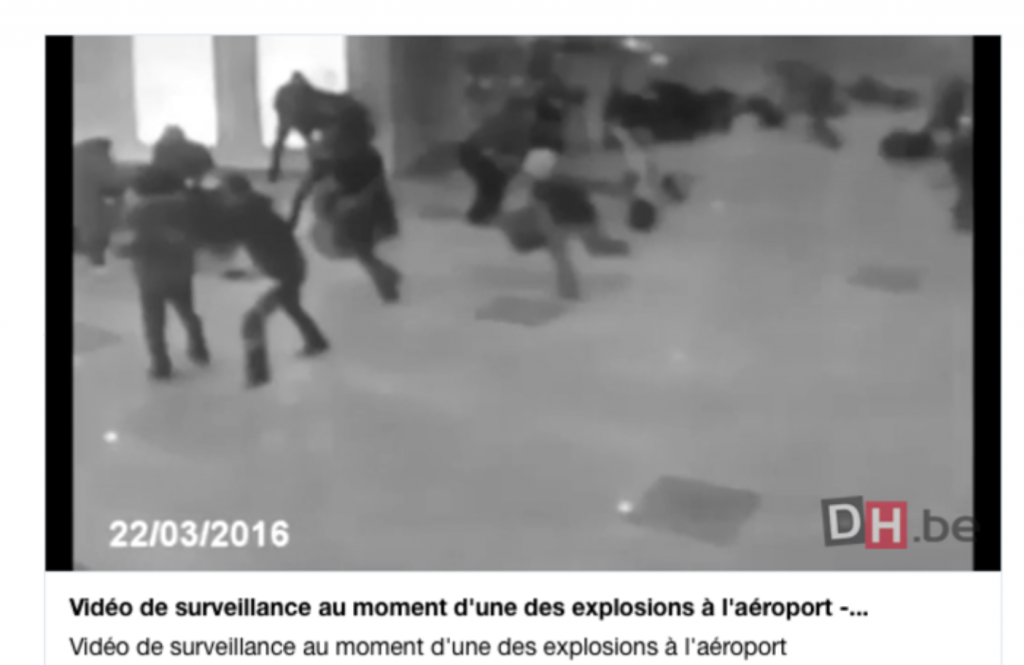
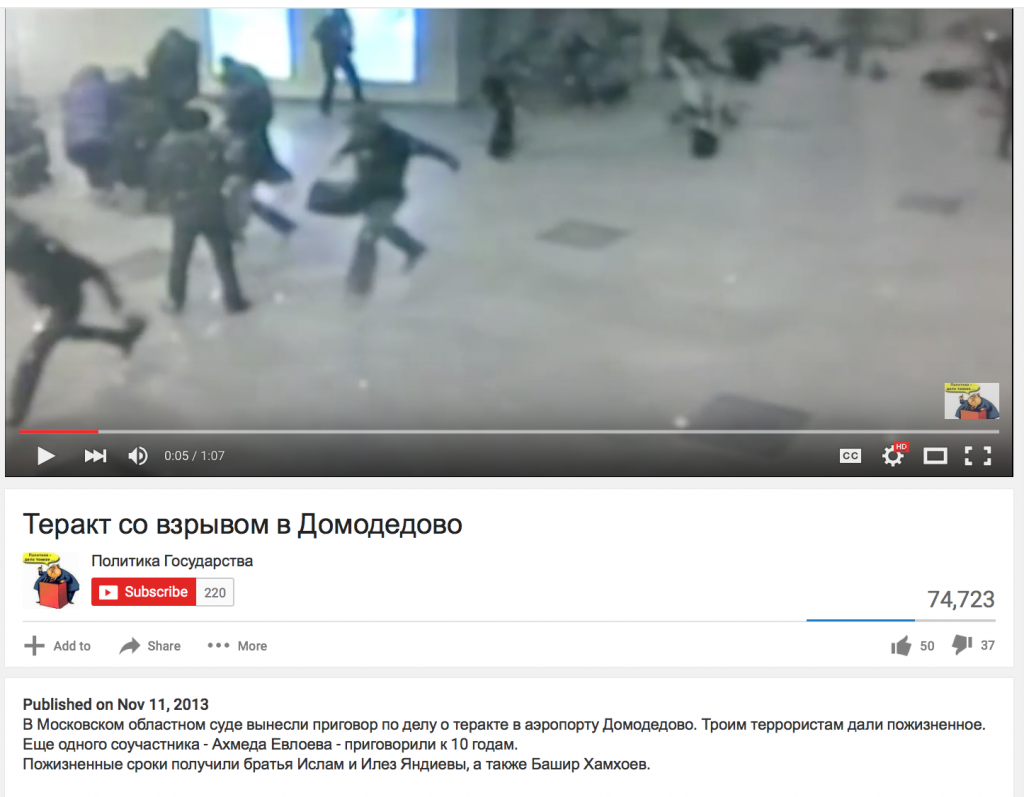


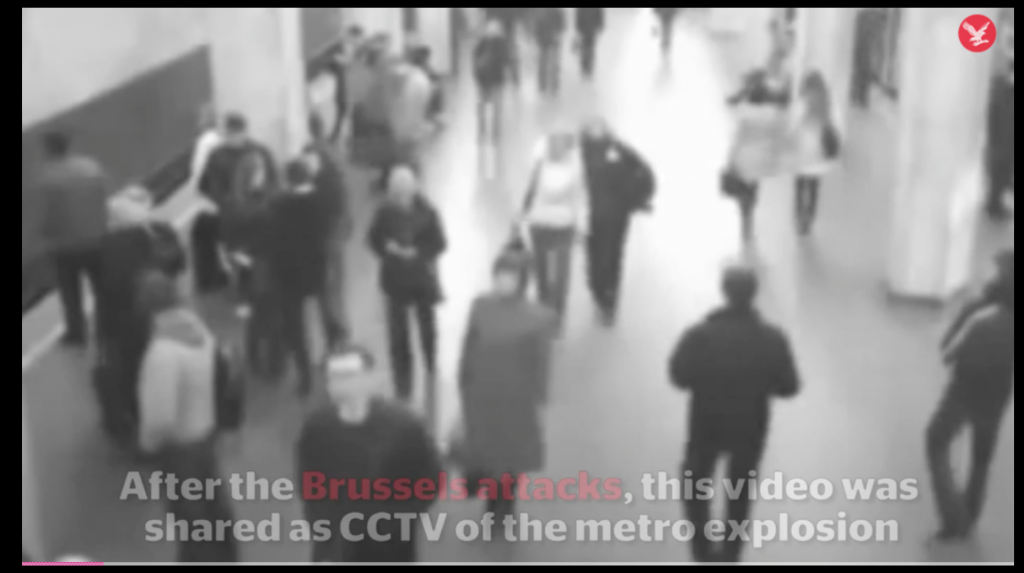
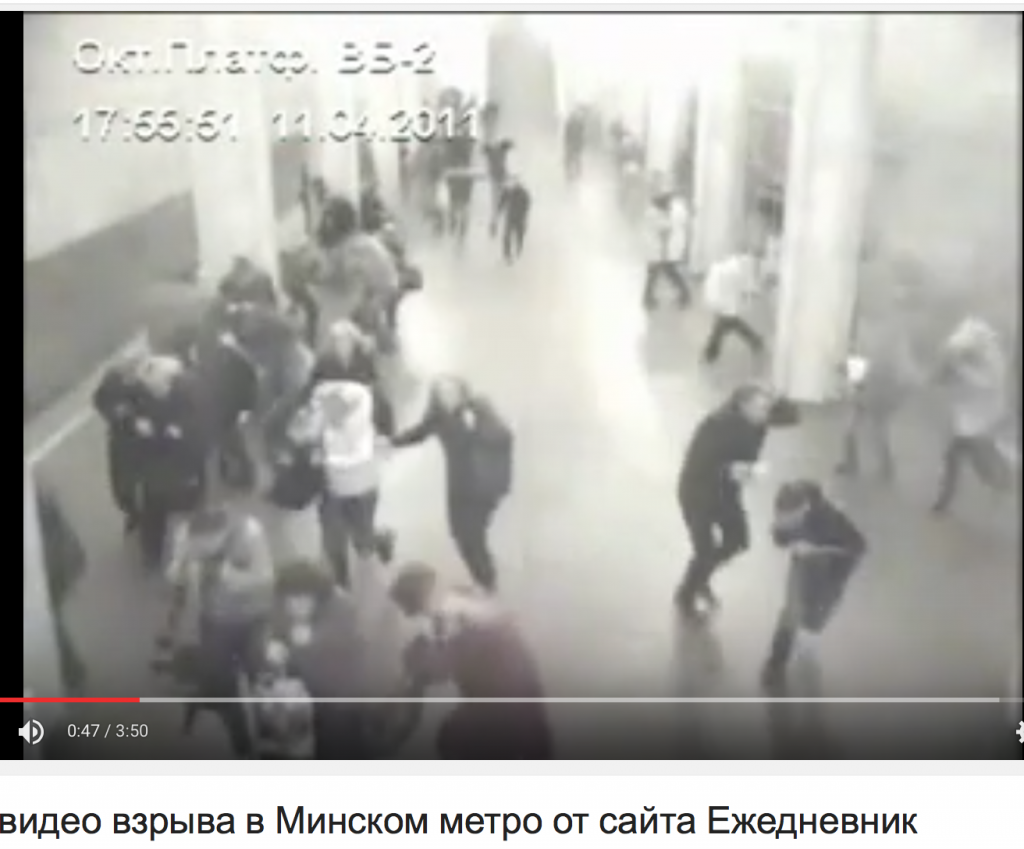
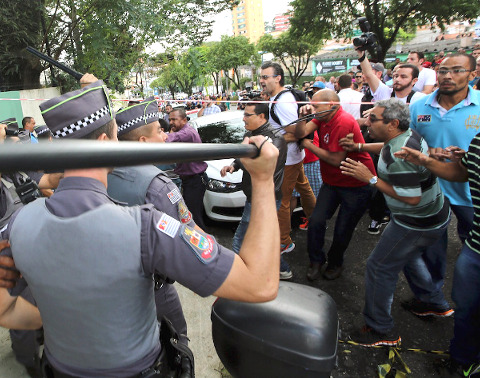
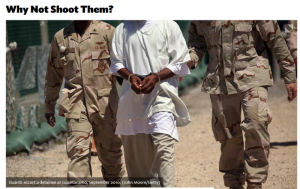
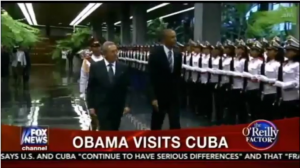





![b1236[1]](http://www.globalresearch.ca/wp-content/uploads/2016/03/b123611-150x150.jpg)
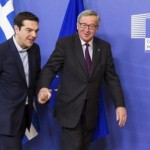
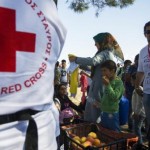
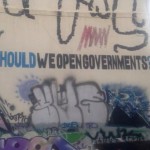
![b1236b[1]](http://www.globalresearch.ca/wp-content/uploads/2016/03/b1236b11-300x252.jpg)

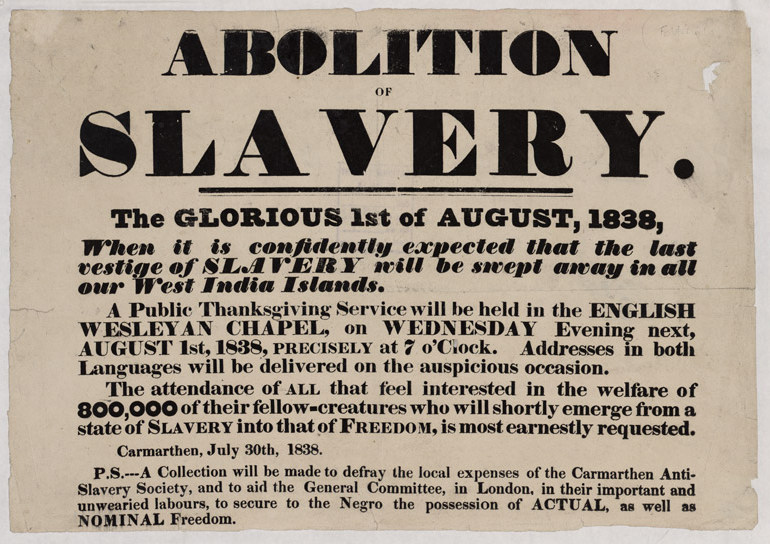
![C05794498-1[1]](http://www.globalresearch.ca/wp-content/uploads/2016/03/C05794498-11.jpg)
![Clinton-Syria-destruction[2]](http://www.globalresearch.ca/wp-content/uploads/2016/03/Clinton-Syria-destruction2-300x169.jpg)






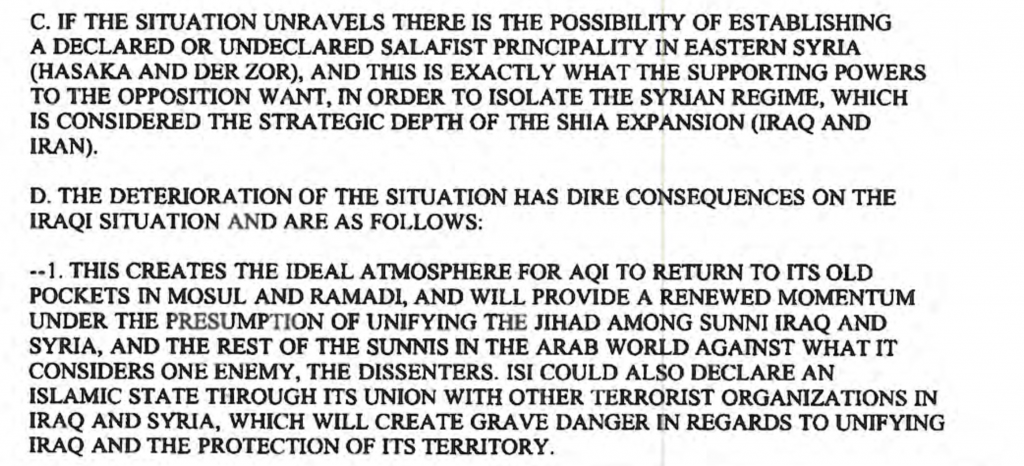

 Hybrid War is essentially the weaponization of
Hybrid War is essentially the weaponization of 





